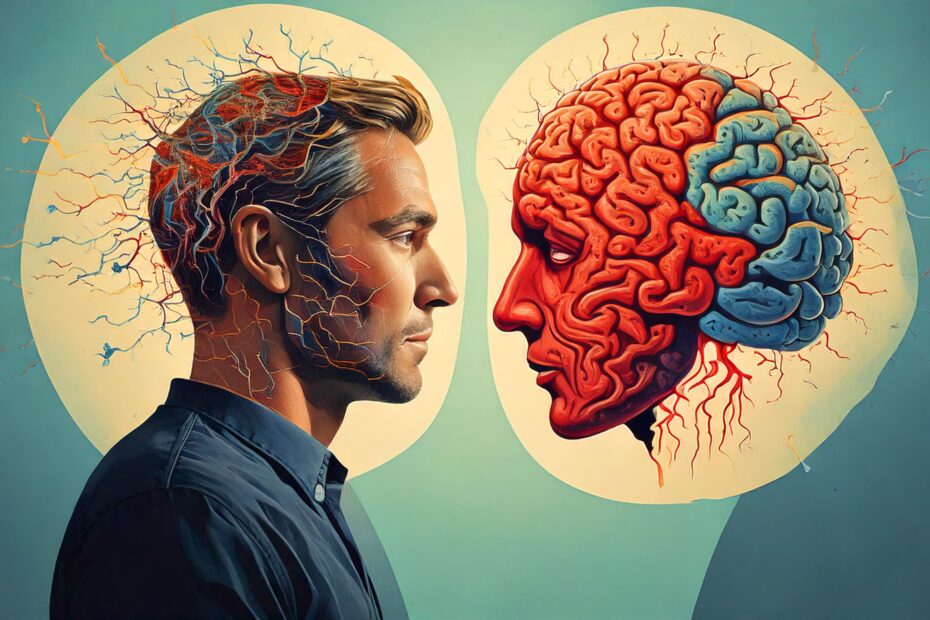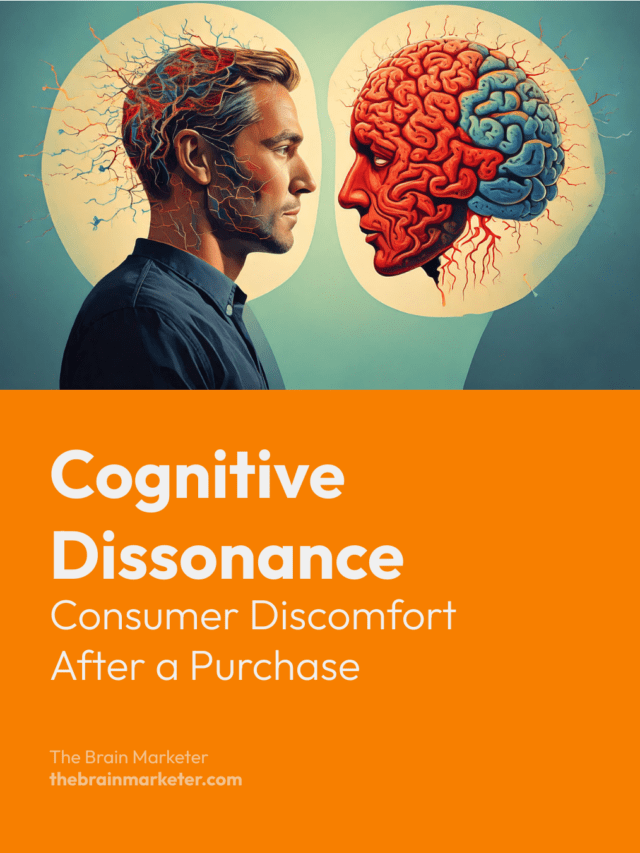Introduction
Cognitive dissonance is a psychological phenomenon that occurs in consumers after a purchase when they feel discomfort about their decision. This discomfort is caused by doubts or contradictions between the consumer’s expectations and the reality of the purchase. This feeling can lead to post-purchase behaviors such as product returns, feelings of regret, or seeking justification to support the initial decision. Understanding cognitive dissonance helps marketers develop strategies to reduce these doubts and improve customer satisfaction.
🎙️ Unpack the Topic with this Podcast
What Is Cognitive Dissonance?
Cognitive dissonance happens when a person experiences an internal conflict between two contradictory thoughts or beliefs. In marketing, this phenomenon is common after a purchase, when consumers compare their expectations to the actual outcome or receive conflicting feedback from others.
Example: Imagine you buy a shirt and love it. However, when you show it to your partner, they tell you it looks terrible. This negative feedback creates an internal conflict because your positive opinion of the shirt is being questioned. This can lead to wanting to return the product, even though you personally like it. This phenomenon illustrates cognitive dissonance in action.
Causes of Cognitive Dissonance After a Purchase
Cognitive dissonance often occurs when there is a mismatch between the consumer’s expectations and the reality of the purchase. Several factors can contribute to this discomfort:
- Lack of prior information: A consumer who didn’t gather enough information before the purchase may have doubts afterward.
- External pressure: The opinions of others (friends, family) can influence the emotions felt after a purchase, as seen in the shirt example.
- Situational factors: Elements such as promotions, limited offers, or impulsive buying can also create doubts after the purchase.
Marketing Strategy: To minimize these doubts, it is essential to ensure that consumers have access to clear and complete information before buying. Customer testimonials, detailed descriptions, and product visuals can help reassure the consumer and reduce uncertainty.
Consequences of Cognitive Dissonance
Cognitive dissonance can lead to different post-purchase reactions from consumers:
- Product return: As in the shirt example, doubts about the value of the product may lead to a return.
- Rationalization: The consumer may try to justify their purchase by seeking information that supports their decision. For example, focusing on positive reviews or perceived benefits.
- Dissatisfaction: If the consumer cannot reduce the dissonance, they may feel dissatisfied, which could damage brand loyalty.
Example: When a consumer buys a high-end car, they may wonder afterward if it was the right choice given the high price. To justify their purchase, they may focus on the car’s safety, comfort, or the status symbol it represents.
Reducing Cognitive Dissonance: Strategies for Brands
For marketers, the goal is to reduce cognitive dissonance as much as possible to retain customers and make them happy with their purchase. Here are some strategies to achieve this:
1. Post-Purchase Follow-Up
A proactive post-purchase follow-up, such as a thank-you email or a satisfaction survey, helps strengthen the relationship with the customer and reassure them about their purchase. Providing information on how to get the most out of the product can help alleviate doubts.
2. Customer Testimonials and Reviews
Displaying customer testimonials can help reassure new buyers. Positive reviews and shared experiences create a sense of social validation that can contribute to reducing dissonance.
3. Satisfaction Guarantee
Offering a satisfaction guarantee or an easy return policy can reduce anxiety before purchase and minimize dissonance afterward. Consumers are more comfortable with their decision when they know they can return the product without issues.
Example: Many online retailers, like Zappos, offer free returns and generous customer satisfaction policies, which help reduce cognitive dissonance by eliminating perceived risks.
The Impact of Neuromarketing on Cognitive Dissonance
Neuromarketing can help understand and minimize cognitive dissonance by analyzing consumers’ unconscious reactions. Using techniques like eye-tracking or brain imaging, marketers can better understand the elements of a campaign or product that create doubts and adjust their strategies to reduce post-purchase discomfort.
Practical Strategy: For instance, ads that show satisfied customers using the product in a realistic context can reinforce confidence and help reduce dissonance. Visual elements that evoke satisfaction, such as expressions of happiness, can also positively influence post-purchase attitudes.
Conclusion
Cognitive dissonance is a common challenge that consumers face after a purchase, but it is possible to minimize this discomfort with well-thought-out marketing strategies. By understanding the causes and effects of cognitive dissonance, brands can improve the customer experience and strengthen satisfaction and loyalty. Post-purchase follow-ups, testimonials, and flexible return policies are essential tools for reducing consumer anxiety and transforming a purchase experience into a lasting relationship with the brand.

Vincent Heimann is a marketing project manager and neuromarketing enthusiast. He founded The Brain Marketer to bridge neuroscience and marketing through accessible, science-based content. With over 10 years of experience in digital strategy, UX/UI and communication, he shares practical insights to help brands connect with the human brain — ethically and effectively

